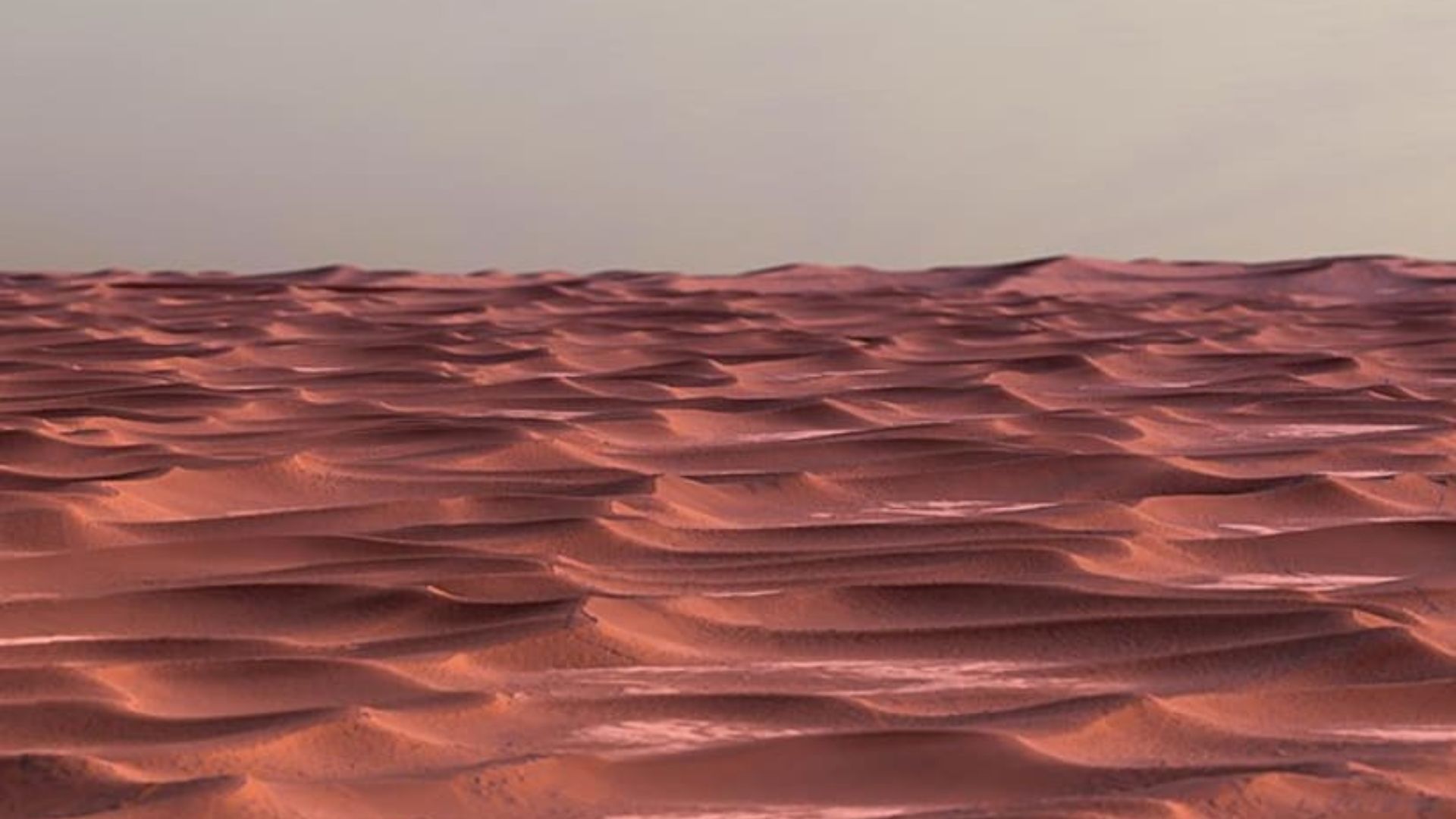


An Israeli study on sand ripples found on Mars is challenging existing scientific understanding of this phenomenon on Earth. The researchers have developed a “unified theory” to explain sand ripples on both planets, which was recently published in the peer-reviewed journal Nature Geoscience and could potentially revolutionize scientific knowledge.
Sand ripples are wave-like formations created by wind or flowing water as sand grains accumulate in specific patterns. They offer valuable insights into wind and water dynamics in various environments, provide clues about past environments, and help understand sediment transport, crucial for managing erosion and desertification, as well as for engineering structures like pipelines and bridges.
The discovery of similar patterns on Mars by NASA’s Curiosity rover in 2015 raised questions about their formation processes on different planets. Until now, it was believed that the conditions creating sand ripples on Mars were fundamentally different from those on Earth.
However, Professors Hezi Yizhaq and Itzhak Katra from Ben-Gurion University of the Negev, along with their international collaborators, have challenged this belief, suggesting that the same phenomenon exists on Earth but was not previously recognized.
Replicating Martian sand conditions on Earth was challenging due to the finer nature of Martian sand compared to Earth’s sand. The researchers achieved a breakthrough by using tiny glass balls with a diameter of 90 microns to simulate fine grains of sand.
Using wind tunnels at Ben-Gurion University and Aarhus University’s Mars tunnel in Denmark, the researchers successfully replicated Martian sand conditions on Earth. They proposed a unified theoretical framework to explain sand ripple formation on both planets, suggesting that wind-induced sand ripples on Mars resemble those formed by water on Earth.
While more research is needed to validate this theory, the researchers are excited about the prospect of exploring Earth to find what can be observed on Mars.